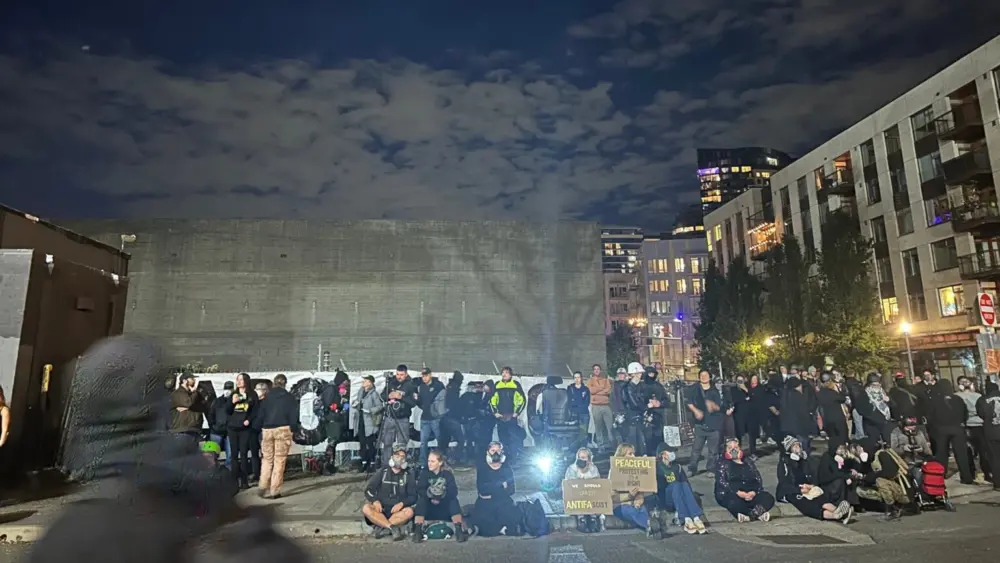OLYMPIA, WA – Washington is showing promise in its work to combat the epidemic of drug overdose deaths that has ravaged the state and country in recent years.
In 2024, fatal overdoses in the state dropped nearly 11% from the previous year, from 3,512 to 3,137, according to preliminary data released by the federal Centers for Disease Control and Prevention.
“There’s been not a lot of good news in this space, and this is good news,” said Dr. Herbert Duber, regional medical officer at the state Department of Health. “I think that we need to get more time, though, to see how it sticks.”
Last year’s total is still nearly 14% higher than the deaths recorded in 2022.
Washington saw the downward overdose trend reversed in the last few months of 2024, noted Duber. The past month has also seen a significant increase.
Washington’s decrease last year was far below the national average of more than 25%. Only two states saw upticks in overdose deaths: Nevada and South Dakota.
Nationally, overdose remains the leading cause of death for Americans ages 18 to 44, health officials say.
Fatal overdoses had been rising quickly in Washington. In 2019, fewer than 1,300 residents died, according to state data.
Highly potent fentanyl drove that rise, along with increased drug use during the pandemic. In 2019, just over 300 people in Washington died from synthetic opioids like fentanyl. By 2023, that had skyrocketed to more than 2,600, according to the state Department of Health.
Federal health officials cite the Overdose Data to Action program as a way to continue reducing deaths through statistic-guided prevention efforts. The state Department of Health, as well as the King and Snohomish County health departments, have received federal money under Overdose Data to Action.
In Washington, Duber sees increasing access to treatment as a catalyst for the improvement seen last year, especially to the medication buprenorphine meant to treat opioid addiction. Duber, an emergency department physician, will prescribe Suboxone, a medication containing both buprenorphine and naloxone that reduces opioid withdrawal symptoms.
“There’s just been an increasing level of comfort and education and engagement on opioids, trying to figure out a way where the healthcare community can really impact this epidemic,” Duber said.
The state is looking to keep the progress going. The two-year state budget Gov. Bob Ferguson signed last week included money for a new hotline to facilitate access to services and medication like buprenorphine. The earliest that could be launched is in September, a Department of Health spokesperson said.
The goal is to lower barriers as much as possible to give people the chance to get treatment.
But the so-called “big, beautiful bill” the U.S. House passed last month could threaten the progress. The Medicaid program for low-income Americans is the largest payer for opioid use disorder treatment in Washington, according to the state Health Care Authority.
The Republican-backed legislation proposes cutting Medicaid by hundreds of billions of dollars over the next decade, a move that could cost Washington about $2 billion over the next four years and force around 194,000 to lose coverage, local leaders have warned.
This story first appeared in Washington State Standard.





